I have a program in C# that connects to my MySQL DB. The main ID column of a table has datatype binary(16). However, I'm having issues trying to query for that specific table. I use Beekeeper Studio as my GUI to interact with the DB so that binary ID column displays Ids like this:
However, I have my GUIDs formatted like this: 41eb9581-9849-452e-986a-b41fe2a943dd. Does anyone know how I can search for a binary value given my GUID looking like that? My version of MySQL does not have UUID_TO_BIN() so I unfortunately can't use that. The random string of characters: ���AI�.E�j��C� is equal to this value 41eb9581-9849-452e-986a-b41fe2a943dd
Queries I've tried that still give me 0 results
SELECT * FROM commitment_node WHERE commitment_node_uid = (UNHEX(REPLACE('41eb9581-9849-452e-986a-b41fe2a943dd', "-","")))
SELECT * FROM commitment_node WHERE commitment_node_uid = X'41eb95819849452e986ab41fe2a943dd'
SELECT * FROM commitment_node WHERE commitment_node_uid = (UNHEX(REPLACE('41eb9581-9849-452e-986a-b41fe2a943dd', "-","")))
